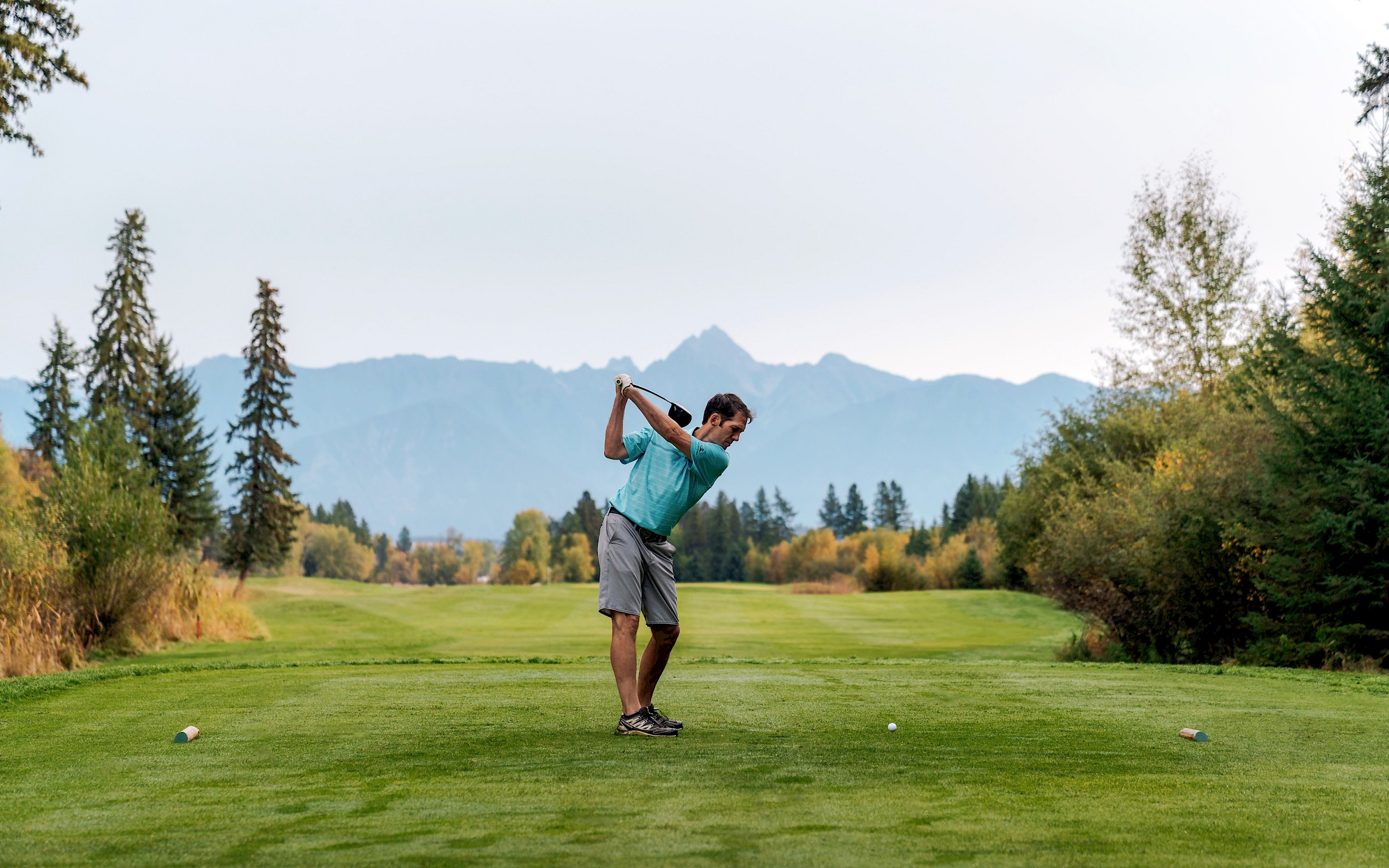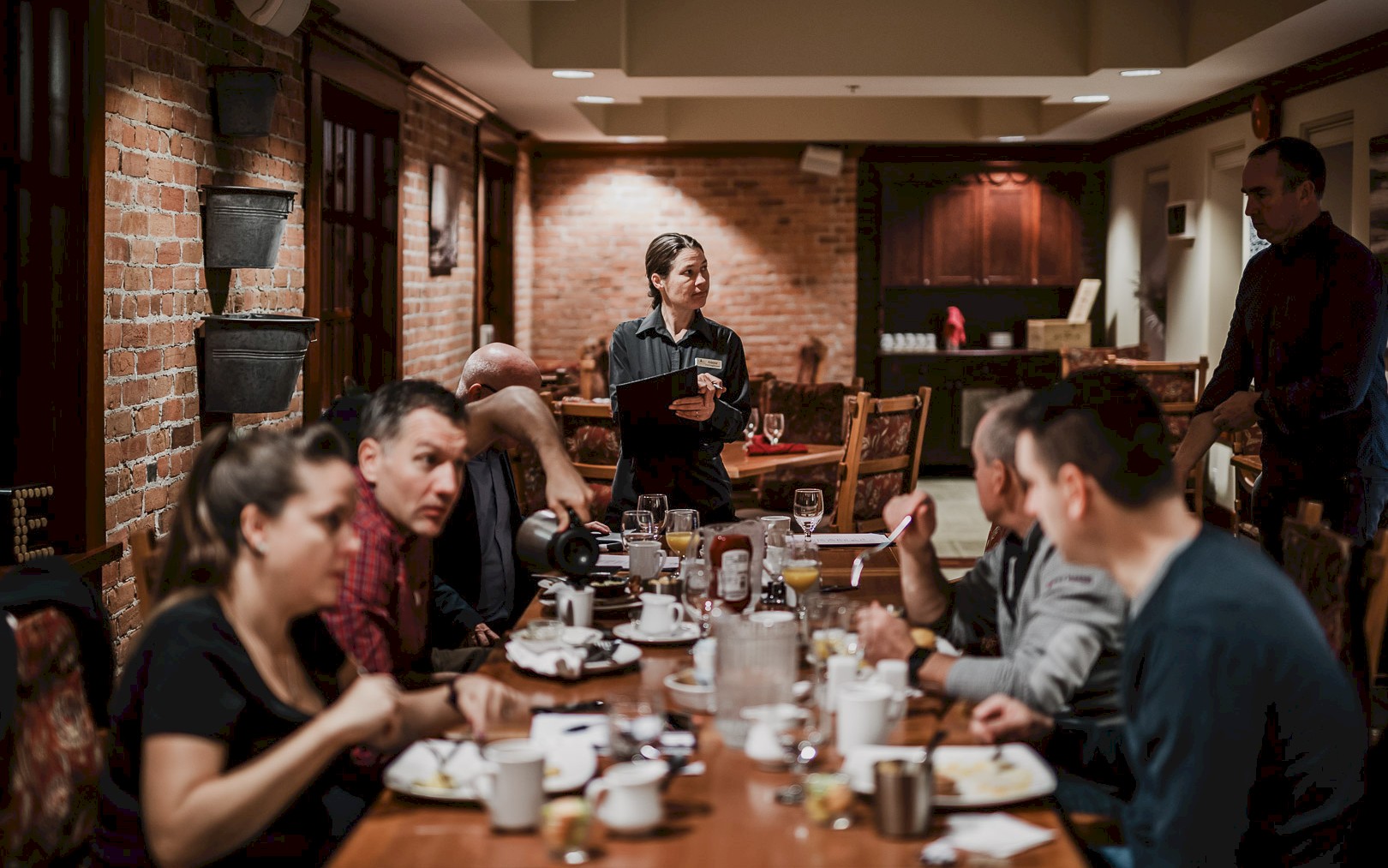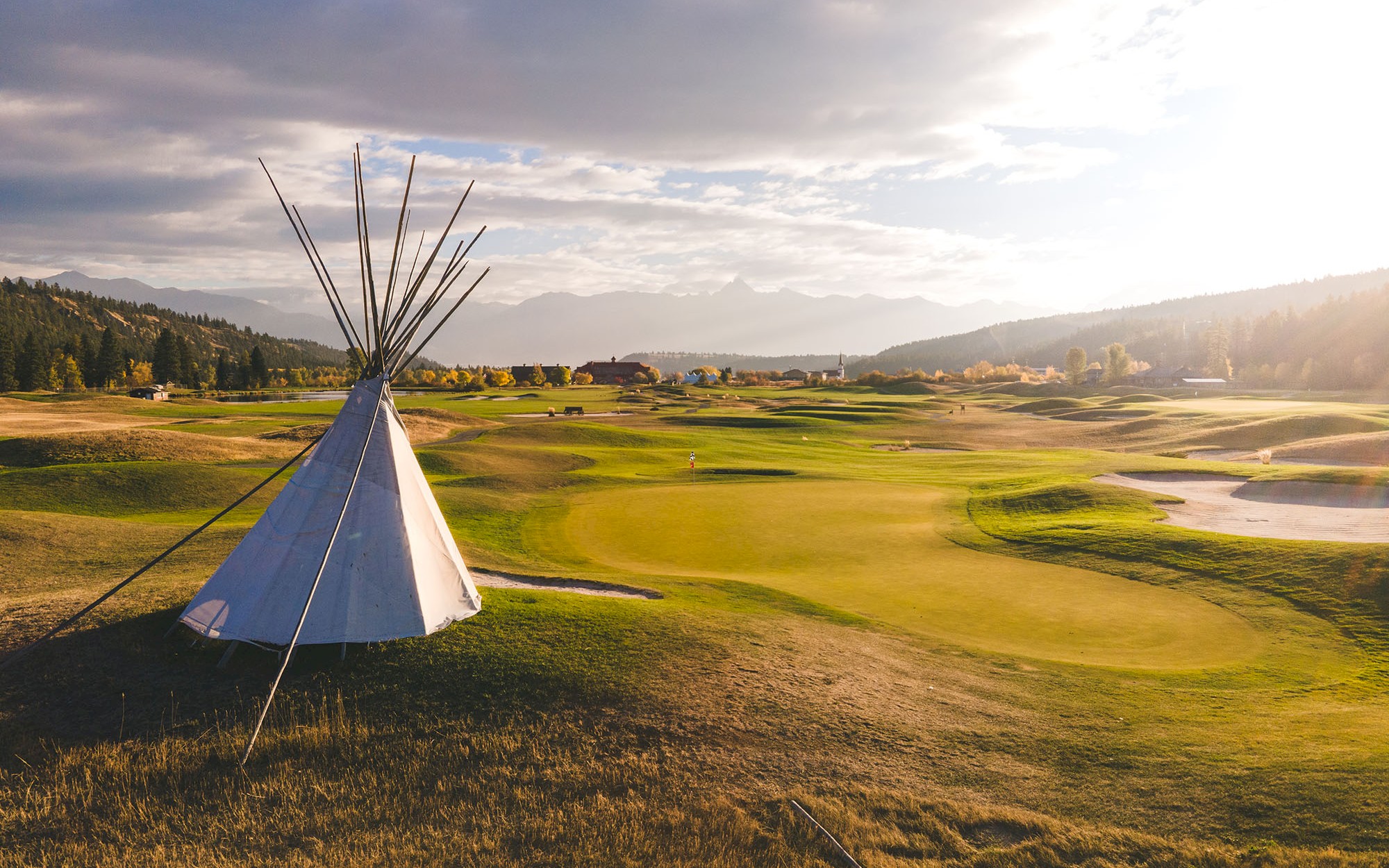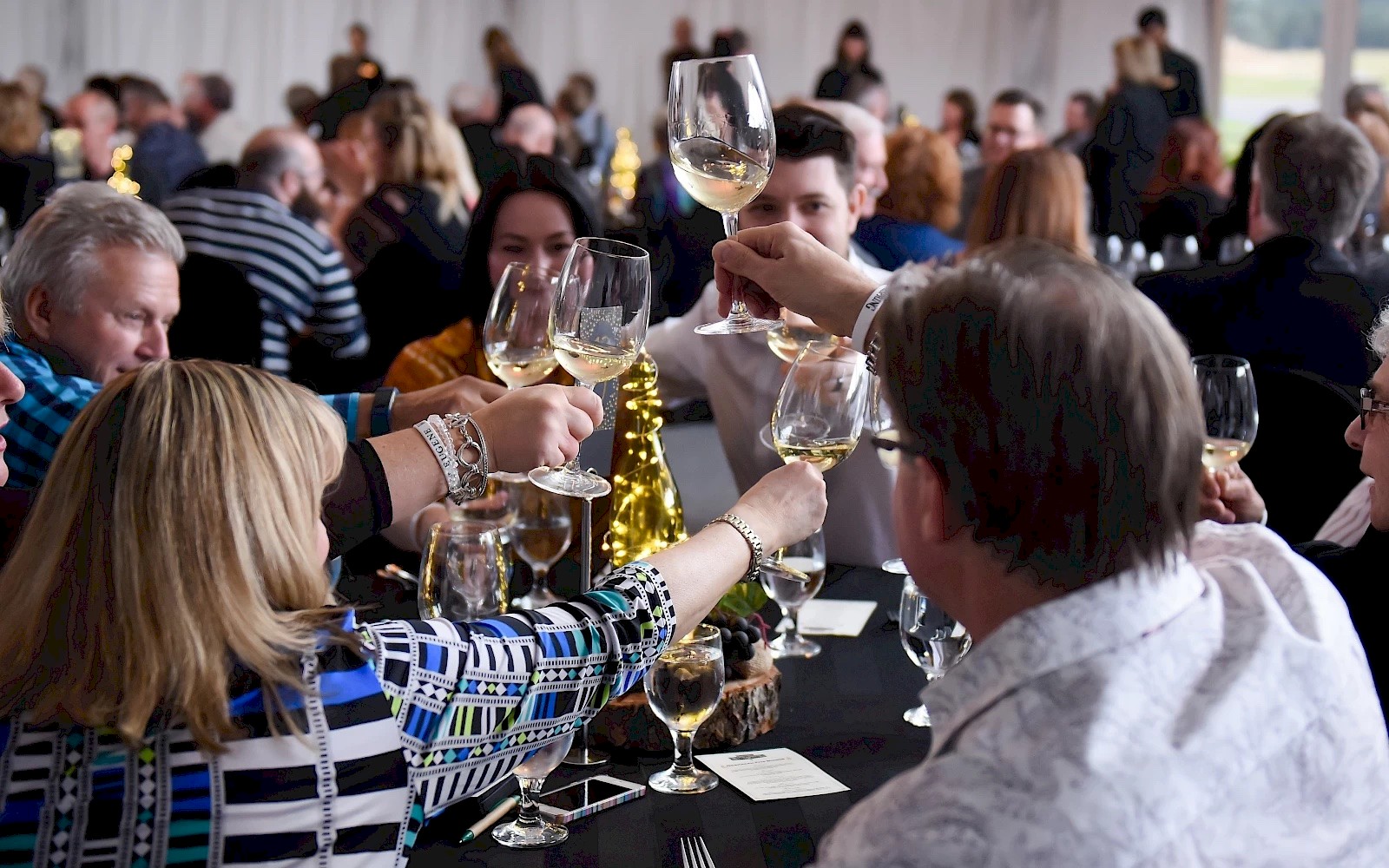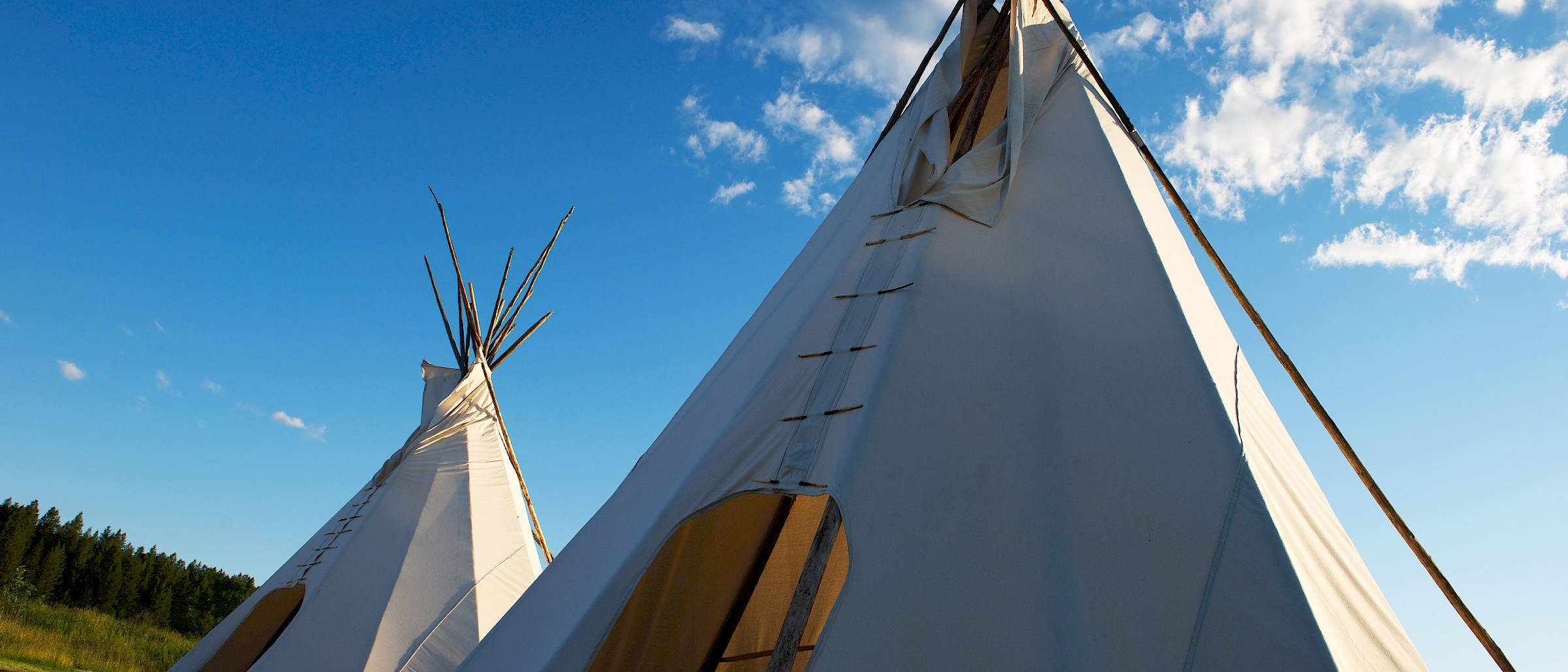
Thanking Allies for Solidarity
Supporting Text
Thanking Allies for Their Solidarity With TḱEmlúPS Te Secwe̓Pemc and All Indigenous Communities
For Immediate Release
June 21, 2021
ʔamakʔis Ktunaxa / Kootenay Region, B.C.: Since the announcement on May 27 that ground-penetrating radar had confirmed the remains of 215 children at the site of the former Kamloops Indian Residential School, many non-Indigenous allies have expressed a desire to learn more about these institutions.
They want to know how to support efforts towards truth and accountability in regards to the impacts residential school institutions have had on Indigenous individuals, families and communities.
The Tḱemlúps te Secwe̓pemc, who are the home community of the Kamloops Indian Residential School, have issued a statement for the public outlining ways to support their community. The statement can be found on their website at www.tkemlups.ca, dated June 3, 2021.
People can also visit Qwelminte Secwepemc: For the Children to find out about events and avenues to provide helpful support.
SOME HISTORY
In ʔamakʔis Ktunaxa, the homelands of the Ktunaxa people, the Kootenay Indian Residential School operated as one such institution for 60 years, between 1910 and 1970. Thousands of children from many communities were forced to attend, subject to Canadian laws of the time.
By the year 2000, and after nearly two decades of effort by Ktunaxa Communities and partners, the site reopened as the St. Eugene Resort, welcoming visitors from around the world. The resort is within the Ktunaxa Community of ʔaq̓am, near Cranbrook, B.C.
St. Eugene Resort is owned by the five related Band communities of ʔaq̓am, ʔakisq̓nuk, Yaq̓it ʔa·knuqⱡiʾit, Yaqan Nuʔkiy and Shuswap Indian Band, who, as a collective, are responsible for overseeing resort operations and of leading the cultural reclamation efforts that are made there.
“We are communities of survivors and descendants of survivors,” said Sophie Pierre, who is chair of the board of the resort, and who attended the residential institution as a child.
“We share our grief with Tk’emlúps te Secwepemc and other communities who have been impacted and who are faced with the overwhelming prospect of consultation, investigation, justice-seeking and healing that is ahead.”
In the past few years, the public has learned in more detail about the unmarked burials of Indigenous children who attended residential institutions and who never returned home. (215 in Kamloops, 104 in Brandon MB, 35 in Regina SK).
As well, during Canada’s Truth and Reconciliation process, the commission was able to track thousands more missing children and unmarked burials around former residential institutions. The report on its findings is available online, and is called Canada’s Residential Schools: Missing Children and Unmarked Burials.
Since the Tḱemlúps te Secwe̓pemc announced the confirmation of unmarked burials in Kamloops, non-Indigenous Canadians have expressed outrage, shock and sadness, and have asked for ways to help.
“The outpouring of empathy and public support for all of our Communities is appreciated,” Pierre said.
“In the case of St. Eugene, any initiatives will be guided by elders from our five Communities, with assistance from the Ktunaxa Nation Council. Community governments will reach out to the public with requests for support as these ways are determined.”
Pierre said that, while it is natural for non-Indigenous people to become more active in finding answers and demanding accountability from governments, churches and others who ran the residential institutions, the most helpful way to start is to learn more about the Truth and Reconciliation Calls to Action and to support legitimate services that are set up to assist survivors.
“Please, remember that these discoveries can reignite suppressed grief and the effects of intergenerational trauma for many of us,” she said. “As survivors, we know there is a lot of information about how to help appropriately to be found online, starting with the Calls to Action of the Truth and Reconciliation Commission’s Final Report, and going from there.
“We encourage our allies to research the history of residential schools and Canada’s current treatment of survivors and communities, and also to know that we deeply appreciate their solidarity.”
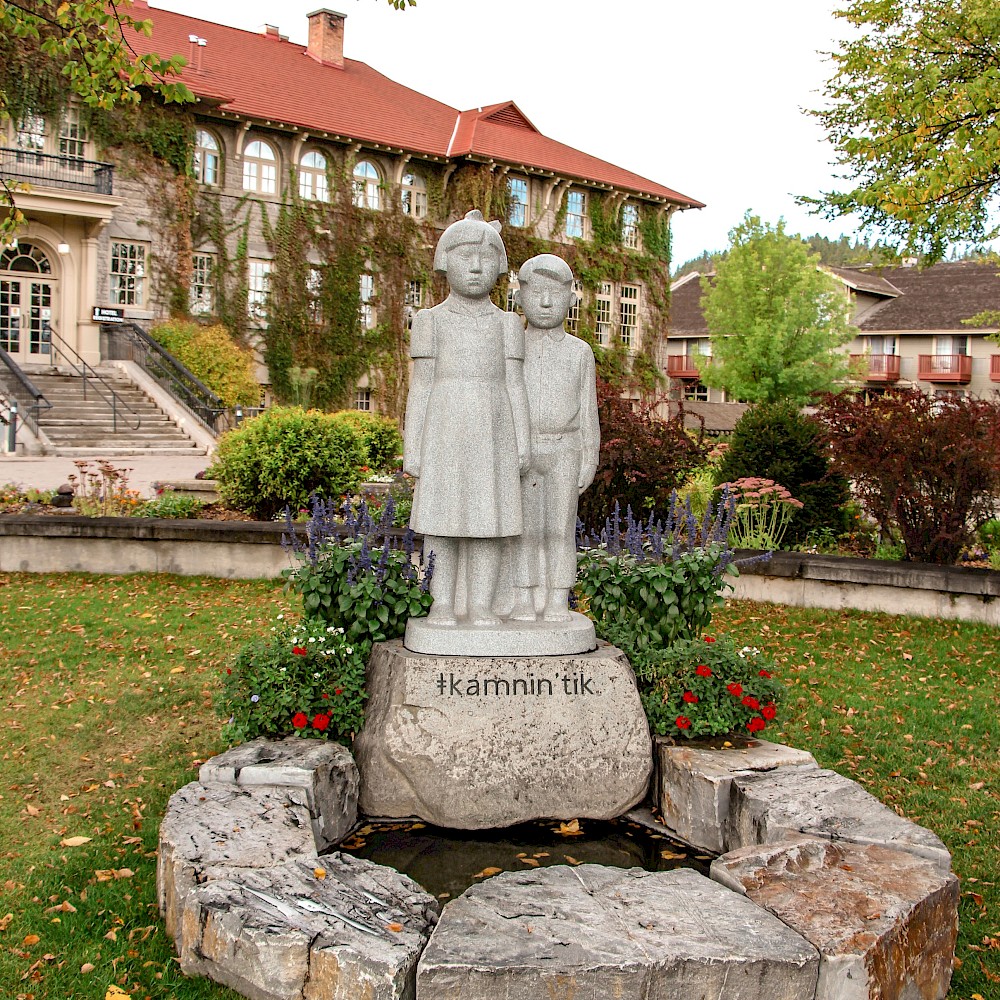
Qwelminte Secwepemc: For the Children
Truth and Reconciliation Commission Reports
History of the Kootenay Indian Residential School (St. Eugene Mission School)
About St. Eugene Golf Resort Casino
The Resort you see today was once the St. Eugene Mission, a residential school for First Nations youth. Today, we employ approximately 250 people and are a destination for people across North America.
The owners and associates at St. Eugene Golf Resort & Casino are proudly devoted to sharing our First Nations culture as well as the history of our magnificent Resort.
We invite you to join us and experience the St. Eugene Story, one that we will continue to share as time moves forward. www.steugene.ca
About the Ktunaxa Nation Council
The Ktunaxa Nation Council is comprised of elected officials from the four Ktunaxa Communities of ʔakisq̓nuk First Nation, Yaqan Nuʔkiy (Lower Kootenay Band), ʔaq̓am Community and Yaq̓it ʔa·knuqⱡiʾit (Tobacco Plains Indian Band). www.ktunaxa.org


